Are you a fan of Thai cuisine? Then you’ll likely be familiar with this key element. Kaffir lime leaves are a must in every Thai dish, especially ones where coconuts are used. You will also find kaffir lime leaves in many Indian and Asian dishes. But despite its popularity, the irony is that this ingredient is not always available. You can have a real hard time finding kaffir lime leaves, especially when you spontaneously decide to make a Thai dish. In these cases, you must either buy it beforehand and keep it in store in your pantry or come up with other alternatives.
What are Kaffir Lime Leaves?
Sometimes known as makrut lime or jeruk purut (in Indonesian) or Mauritius papeda or Thai lime or K-leaves in South Asia, this one-of-a-kind ingredient comes from a lime plant commonly found in Southeast Asia. They can at times be seen dried or frozen if you visit the Asian markets in other countries, especially in the US. But it is still better to get the fresh variety, as they have a strong, fresh citrus and pine scent that is more similar to lemon Verdana than lime itself. Undoubtedly, fresh ingredients of any sort are the best choice for cooking and help to enhance the flavor even better than frozen or dried ones. You can use both its leaves and zest for cooking. But be aware that this fruit is hard to find anywhere, especially anywhere outside of Thailand.
How to Store Kaffir Lime Leaves?
If you are among the lucky ones and have come across this gem of an ingredient, make sure to buy as much as you can, as they can be extremely rare. You can store them in your fridge for as long as six months. Note that you will not find fresh kaffir lime leaves every single time you have the need to use it, so make sure to keep some stocked up if you manage to get ahold of some.
Even though you can find dried or frozen ones in any Asian markets, it is safer to keep some in storage if you come across the fresh kind. It is extremely easy to store kaffir lime leaves. Like every other fresh ingredient, all you need is to wash and dry them thoroughly and then tightly wrap them in a plastic bag (better to use ziplock bags if possible).
Nevertheless, despite its status as a staple Thai ingredient, don’t fret if you simply can’t find it anywhere you look. All you need is to know about its many substitutes that can replicate its distinctive flavor surprisingly well. Sound good? Then let’s get right into it.Kaffir Lime Leaves Substitutes That You Must Know
1. Bay Leaves
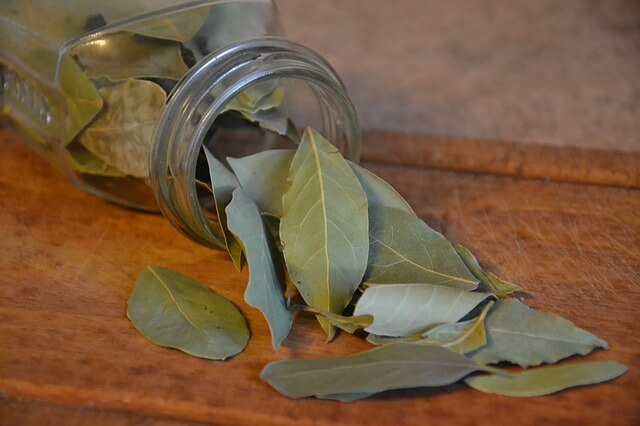
The most common and easy-to-find substitute of kaffir lime leaf has got to be bay leaves. Bay leaves are said to have a very similar flavor to kaffir lime leaves and are often used in Thai or Asian savory dishes as well. Although they do not have that strong citrus flavor of the kaffir lime leaf they still work great as a substitute if your kaffir stocks have run dry. Bay leaves tend to have a milder flavor than the citrusy flavor of kaffir leaves. However, you can simply mix bay leaves with lime zest to replicate kaffir leaves’ citrusy undertones. Note that dried bay leaves are mostly considered to be herbs like thyme, rosemary or oregano, and are packed with many crucial vitamins, minerals and essential oils.
2. Zest of Lime or Lemon
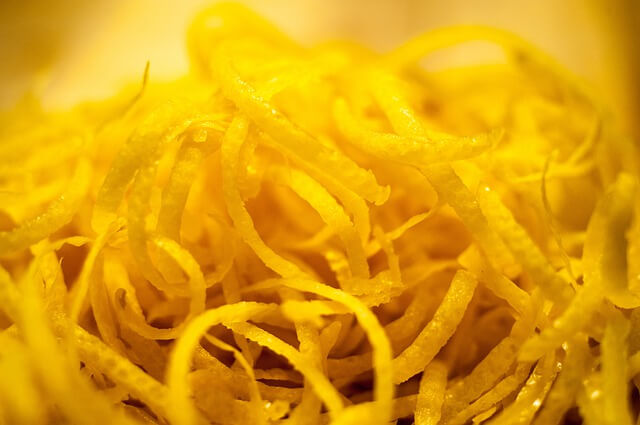
Speaking of lime zest, lime or lemon zest alone can be considered a convincing substitute that is used by many Thai and Asian dishes, imitating the pungency and citrusy flavor of kaffir lime leaves. Just a few sprinkles of either lime or lemon zest (whichever is available, although both have different tastes) into your dish will work close to the same wonders as kaffir lime leaf does. Lime zest is considered a closer substitute than lemon zest, as lime zest has a more similar pungent and citrusy flavor. Although either would do the trick, lemon zest (although similar) tends to have a modest amount of sweetness to it as well as the sourness of the citrusy flavors.
3. Persian Lime
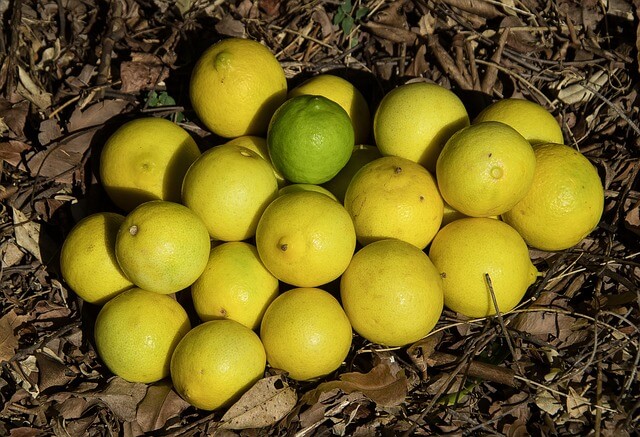
Also known as Tahiti limes, Persian limes can be found fairly easily and offer a similar flavor to kaffir lime leaves. Either cut the lime and add them into your preferred dish or just use its zest. Either method will help you replicate that distinctive citrusy flavor you’re going for. While kaffir lime leaves are rare in the US, the Persian limes are commonly found there. Just like with any other lime, you do not have to go through the hassle of removing seeds when it comes to using Persian lime. It is an extremely easy and available ingredient that gives a pleasingly similar flavor and aroma to kaffir lime leaves.
4. Lemon Thyme
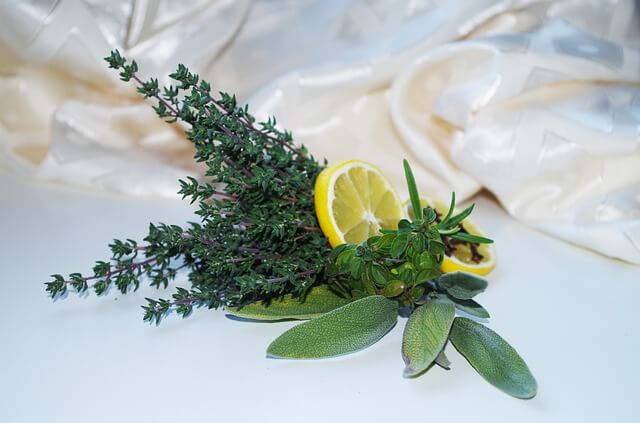
Another ingredient that has its own unique spark and tends to provide a herbal taste alongside a citrusy twist. Although it is known to be a herb, belonging to the same family in terms of aroma and anatomy and being mostly used for seasoning dishes, it is not the same as the regular thyme we typically use for seasoning purposes.
As mentioned already, although the lemon thyme and common thyme belong to the same family of aromas, lemon thyme is different and has that strong pungent lemony aroma to convincingly replicate the flavor of the kaffir lime leaf. Additionally, lemon thyme can provide many nutritional benefits such as improving the immune system, stabilizing blood pressure and blood circulation, preventing lung cancer, promoting the growth of neurotransmitters in the brain, helping the digestive system, bloatedness, and flatulence, decreasing stress and exhaustion, correcting vision and improving skin, and many more.5. Curry Leaf
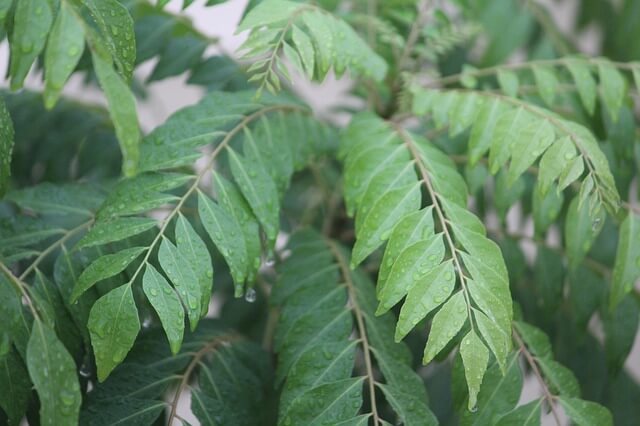
For Indian cuisines, the most suitable substitute for kaffir lime leaf is perhaps the curry leaf. Curry leaves give a citrus flavor that will enhance the taste as well as the smell of any dish. However, you must remember to take it out before serving. They are not meant to be eaten but used for boosting the favor as bay leaves do.
6. Other Citrus Leaves
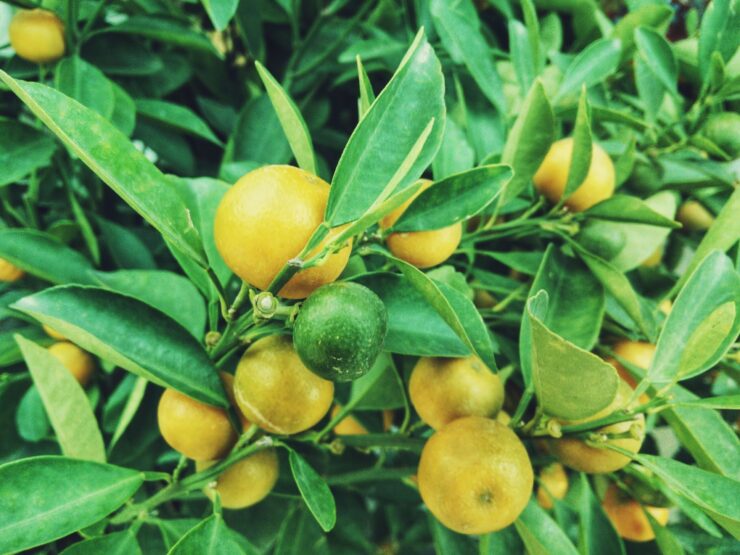
Leaves of other citrus fruits like oranges, lemons and limes can be used as alternatives to kaffir lime leaves, as they all have that similar pungent, citric flavor, although they will not provide the same powerful aroma that kaffir lime leaf does. These leaves are only suitable for building up the flavor of the dish.
7. Lime Juice
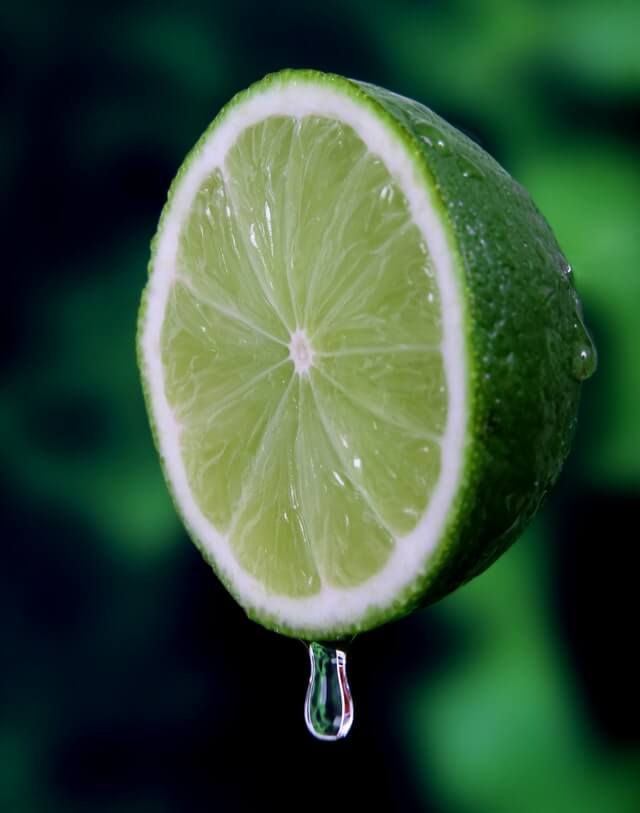
Lime juice can be an amazing alternative of kaffir lime, especially if you are planning to cook something that needs Thai curry paste in it. A splash of lime juice can change the entire Thai dish if just the right amount is added. Just be careful that you don’t overdo it here.
8. Mixture of Herbs
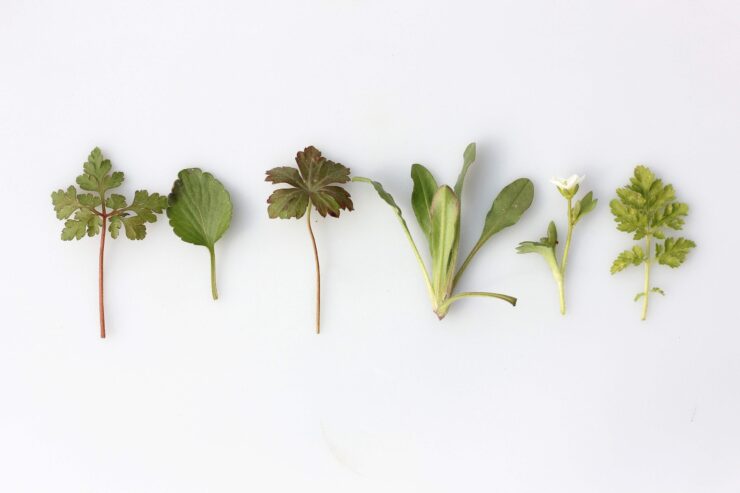
As the flavor of kaffir lime leaf is hard to duplicate, you’ll be amazed at how closely a good mixture of herbs can come to when used in the right proportions. Although single herbs on their own will not usually give you that similar taste and flavor, mixing several together works like magic. Just make sure the proportions are correct in order to get the right flavor you are looking for. With ½ a teaspoon of bay leaf, ¼ teaspoon of lime zest and 1/8 teaspoon of lemon thyme you can now successfully replicate the flavor of kaffir lime leaves. Bay leaves will tend to provide a slight bitterness with a little flowery taste, the lime zest will help to bring that citric flavor and that pungency you are looking for. And to top it all off, the lemon thyme will enhance the flavor of the dish. All together, the mixture of these three elements will work close to the same wonders as real kaffir lime leaves.
9. Kaffir Lime Essential Oil
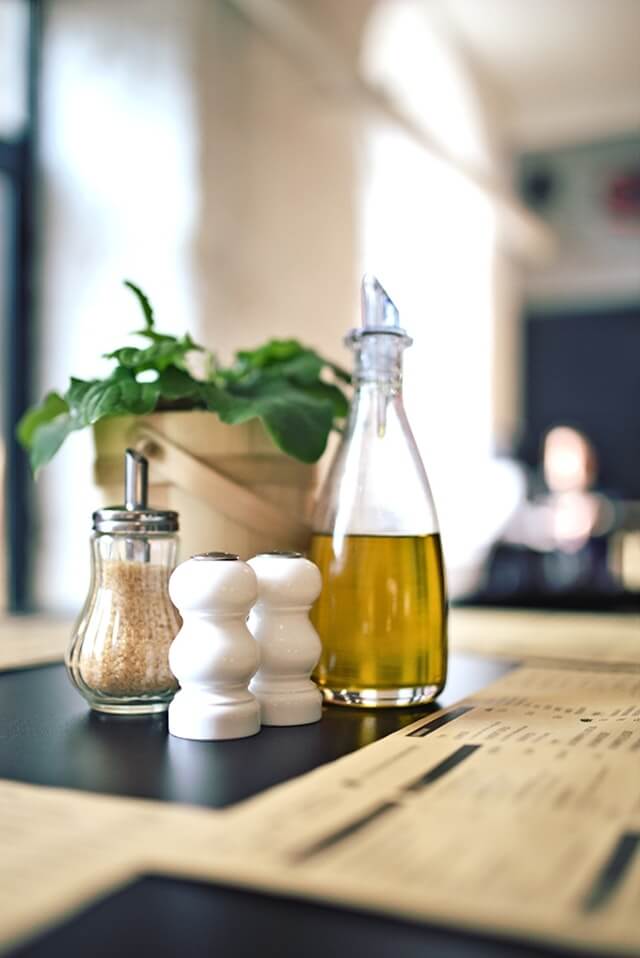
Everything we have listed above will certainly help you closely replicate the flavor of authentic kaffir lime leaves. However, the taste and the aroma will never be as same as the real deal. If you want the real deal, the best substitute is undoubtedly going for kaffir lime leaf essential oil, which (as you could guess) tastes just like kaffir leaves.
